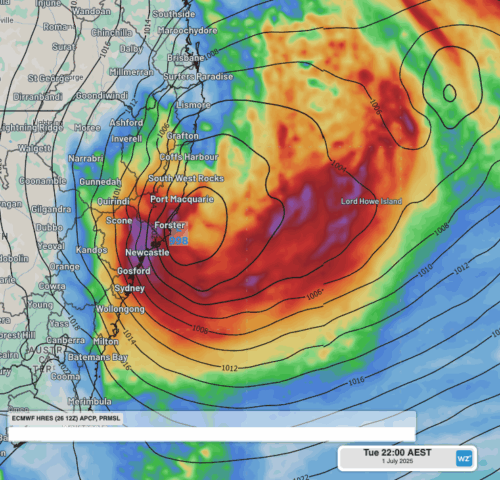- Home
- Industry
- Solutions
- Total Lightning Network | Lightning Alerts
- Our Experts
- Our Information Sources
- Numerical Weather Prediction Modelling
- Blast Dispersion
- Opticast™
- Oracle
- Weather Station
- Tropical Cyclone Service
- WZBOB
- Solar
- Wind
- StormQuery
- Stormtracker
- WxBrief
- Aviation Watch
- Weatherguard App
- Our Risk Communicators
- Flood Risk System (FRS)
- News
- About us
- Contact us







